December 6, 2018
Groundbreaking study links productivity to air quality
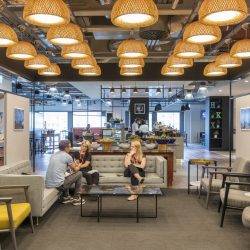 A new study of UK indoor office environments has found a direct correlation between the quality of the air in offices and its effect on workplace productivity. The two-year research initiative, backed by facilities company EMCOR and carried out by academics at Oxford Brookes University and LCMB Building Performance found that workers were able to work up to 60 percent faster in lower CO2 concentrations. It revealed that an increased intake of CO2 can lead to poor decision making, slower reaction times and increased tiredness among employees. Currently, UK productivity is 26.2 percent lower than Germany based on GDP per hour worked – and 22.8 percent less than France. Yet despite ten years of tactics to help close the gap, this is the first time environmental factors have been considered. (more…)
A new study of UK indoor office environments has found a direct correlation between the quality of the air in offices and its effect on workplace productivity. The two-year research initiative, backed by facilities company EMCOR and carried out by academics at Oxford Brookes University and LCMB Building Performance found that workers were able to work up to 60 percent faster in lower CO2 concentrations. It revealed that an increased intake of CO2 can lead to poor decision making, slower reaction times and increased tiredness among employees. Currently, UK productivity is 26.2 percent lower than Germany based on GDP per hour worked – and 22.8 percent less than France. Yet despite ten years of tactics to help close the gap, this is the first time environmental factors have been considered. (more…)





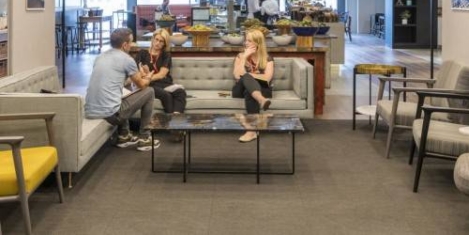
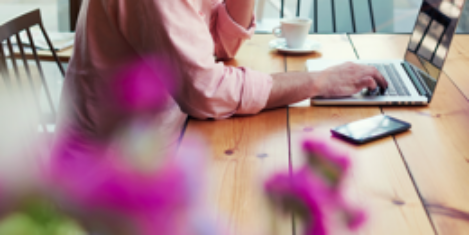
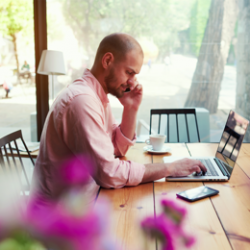


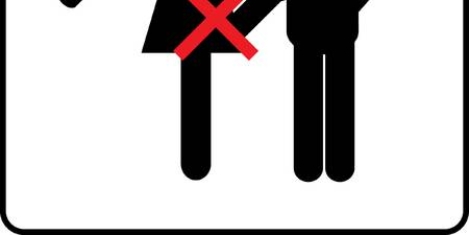
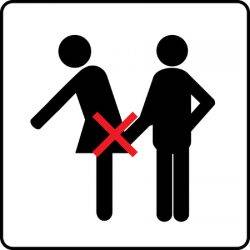 One year on from #MeToo – just one in four workers agree that international media coverage has helped to improve their workplace culture, according to new research on sexual harassment from Acas. The workplace experts commissioned the study from YouGov to find out whether media reporting on #MeToo and high-profile celebrity cases have had any effect on British workplaces. Only a third (30 percent) of survey respondents believe that incidents of sexual harassment in workplaces have decreased in the last five years.
One year on from #MeToo – just one in four workers agree that international media coverage has helped to improve their workplace culture, according to new research on sexual harassment from Acas. The workplace experts commissioned the study from YouGov to find out whether media reporting on #MeToo and high-profile celebrity cases have had any effect on British workplaces. Only a third (30 percent) of survey respondents believe that incidents of sexual harassment in workplaces have decreased in the last five years. 



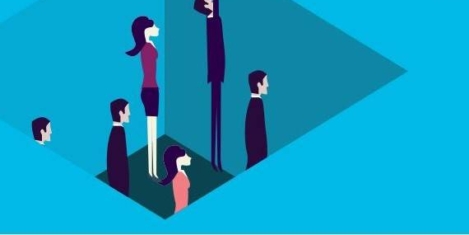
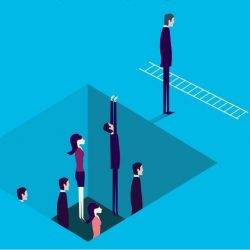 The vast majority (97 percent) of office workers in UK feel frustrated by their workplace environments, with many feeling the need to escape office life as a result. A new report from Staples has discovered that one-in-five (22 percent) end up browsing LinkedIn job ads for something better when they’re frustrated. As a result, job-hopping is prolific, with workers now predicted to have 11.7 jobs between the ages of 18 and 48. The expectation that the grass must be greener elsewhere is leaving most thinking about switching jobs. However, when they do end up jumping ship, many just experience a short-term fix. According to the study, a third (37 percent) get frustrated in their new office before the end of their first six months. The majority of office workers say they seek fulfilment (89 percent) at work, and for most (77 percent), the quality of their office workspace is a contributing factor in how fulfilled they feel.
The vast majority (97 percent) of office workers in UK feel frustrated by their workplace environments, with many feeling the need to escape office life as a result. A new report from Staples has discovered that one-in-five (22 percent) end up browsing LinkedIn job ads for something better when they’re frustrated. As a result, job-hopping is prolific, with workers now predicted to have 11.7 jobs between the ages of 18 and 48. The expectation that the grass must be greener elsewhere is leaving most thinking about switching jobs. However, when they do end up jumping ship, many just experience a short-term fix. According to the study, a third (37 percent) get frustrated in their new office before the end of their first six months. The majority of office workers say they seek fulfilment (89 percent) at work, and for most (77 percent), the quality of their office workspace is a contributing factor in how fulfilled they feel.
















November 13, 2018
Fostering creativity within organisations through space and culture
by Serena Borghero • Comment, Workplace design
(more…)